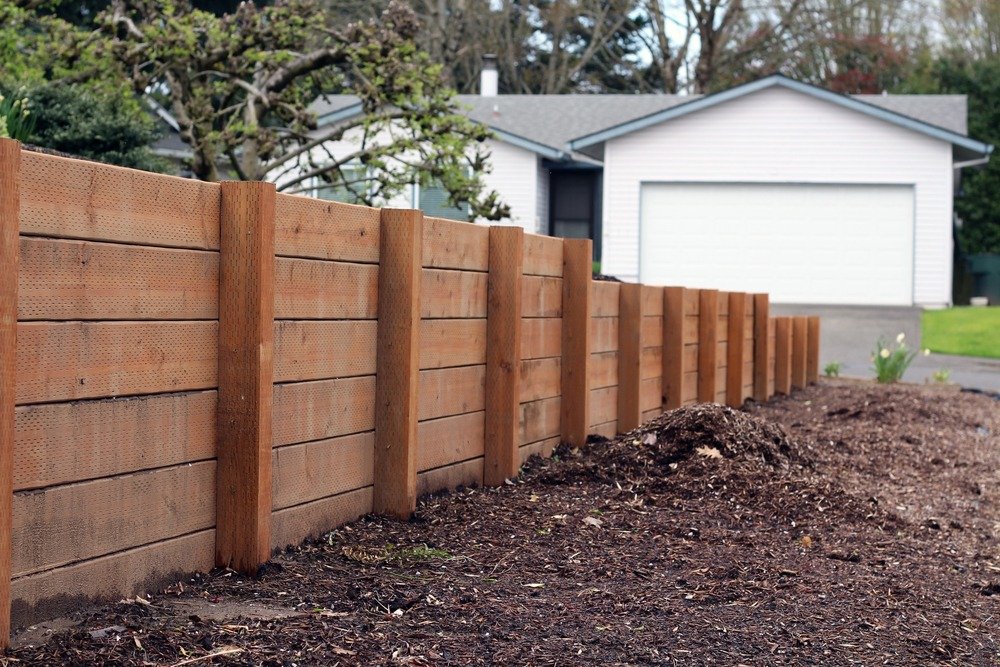
We often get asked to provide legal advice to property owners faced with the issue of encroachments.
There are many circumstances where this may arise. It could arise where you purchase a property and later decide to carry out improvements. You obtain a surveyor’s report only to find out that the neighbour’s retaining wall is encroaching on your land. Alternatively, you might purchase the property with the view of demolishing it and building your dream home or an investment property to only discover the retaining wall is sitting where your veranda is supposed to be erected.
What are your options?
First, you could try to reach an agreement with the adjacent property owner. This is the ideal outcome. However, that outcome is not always possible, particularly if you do not have a good relationship with your neighbour . Second, you could bring an application for relief to the Court in respect of the encroachment.
What is the Court’s Power with encroachments on land in Queensland?
The Court has the power to make the following orders:
- the payment of compensation to the adjacent owner;
- the conveyance, transfer, or lease of the subject land to the encroaching owner, or the grant to the encroaching owner of any estate or interest in the land or of any easement, right, or privilege in relation to the land; and
- the removal of the encroachment.
What does the Court take into consideration when looking at the issue of Qld land encroachments?
In making on or any of those orders, the Court may consider the following matters:
- the fact that the application is made by the adjacent owner or by the encroaching owner, as the case may be;
- the situation and value of the subject land, and the nature and extent of the encroachment;
- the character of the encroaching building, and the purposes for which it may be used;
- the loss and damage which has been or will be incurred by the adjacent owner; and
- the loss and damage which would be incurred by the encroaching owner if the encroaching owner were required to remove the encroachment; and
- the circumstances in which the encroachment was made.
Typically, the Court will be interested in the likely cost incurred by the encroaching owner if they were ordered to remove the encroachment. If that was cost prohibitive, compared to the diminished value of your property, then the Court may be more inclined to order compensation instead of removal of the encroachment.
Compensation
Under the Property Law Act 1974 (Qld),the minimum compensation to be paid to the adjacent owner in respect of any conveyance, transfer, lease, or grant to the encroaching owner shall, if the encroaching owner satisfies the court that the encroachment was not intentional and did not arise from negligence, be the unimproved capital value of the subject land, and in any other case 3 times such unimproved capital value.
What is considered the unimproved capital value of the subject land was determined in Shadbolt v Wise [2002] QSC 348 to mean the market value of the land. If the encroachment was intentional and arose as a result of negligence then the minimum compensation is at least three times that amount.
In determining whether the compensation shall exceed the minimum and if so by what amount, the court shall have regard to—
- the value, whether improved or unimproved, of the subject land to the adjacent owner; and
- the loss and damage which has been or will be incurred by the adjacent owner through the encroachment and through the orders proposed to be made in favour of the encroaching owner; and
- the circumstances in which the encroachment was made.
How will I receive compensation?
In order to ensure that an award of compensation is in fact paid to a person that is aggrieved by the encroachment, the legislation has provided protection by enabling that person to register the order for payment of compensation over the encroaching owner’s property in the Queensland land registry.
The effect of this is that it ensures compensation is paid by operating as a charge upon the land and takes priority to any charge created by the encroaching owner or their predecessor in title. An example of the process can be illustrated from the facts considered in the Queensland Supreme Court decision of Shadbolt v Wise.
In this matter, the applicant constructed a swimming pool and a pool enclosure that encroached on the respondent’s neighbouring property. The land upon which the encroachment was situated was not impacted to any significant degree. When determining the matter, the Court found that the dismantling of a pool enclosure and the demolition of a pool would result in the destruction of a significant asset at a significant cost.
The decision in this regard was influenced by the primary fact that the loss of land would not significantly impact on the value of the land and therefore the appropriate relief was to award compensation rather than the
removal of the encroachment.
Contact us today
For expert advice on your land encroachment issue in Queensland













